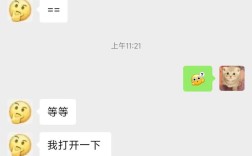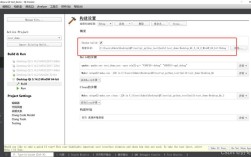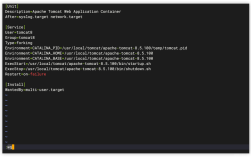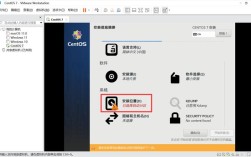在处理依赖注入(Dependency Injection,简称 DI)时,开发者可能会遇到各种错误和问题,DI 是一种设计模式,用于实现低耦合、高内聚的软件架构,通过将对象间的依赖关系从代码中解耦出来,达到提高代码的可维护性和可测试性的目的,在实际开发过程中,不正确的配置或使用可能会导致@inject 报错,本文将详细分析@inject 报错的原因,并提供解决方案。
1. 常见原因及解决方案
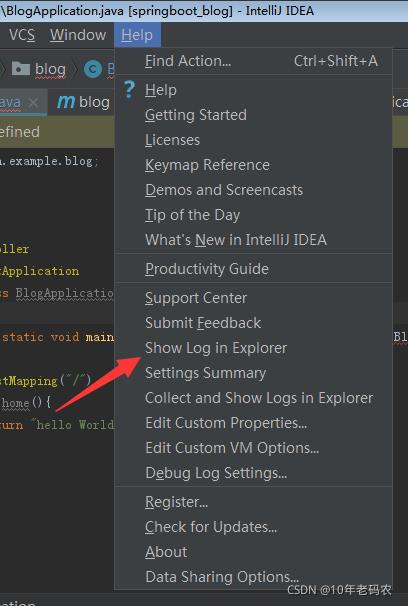
1.1 未正确配置依赖
原因:
依赖项没有正确注册到 DI 容器中。
解决方案:
确保所有需要注入的依赖项都已正确注册到 DI 容器中,在 Spring 框架中,可以使用@ComponentScan 注解自动扫描组件,或者手动使用@Bean 注解定义 Bean。
- // 示例:Spring Boot 项目
- import org.springframework.context.annotation.Bean;
- import org.springframework.context.annotation.Configuration;
- @Configuration
- public class AppConfig {
- @Bean
- public MyService myService() {
- return new MyServiceImpl();
- }
- }
1.2 依赖注入的字段未标记为可注入
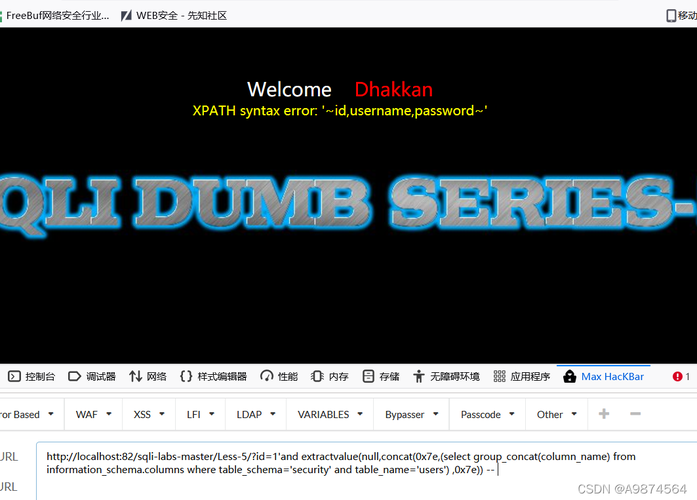
原因:
需要注入的字段没有使用正确的注解进行标记,比如@Autowired、@Inject 等。
解决方案:
确保所有需要注入的字段都使用了正确的注解,在 javaEE 中使用@Inject 注解,在 Spring 中使用@Autowired 注解。
- // 示例:Spring 项目中的注入
- import org.springframework.beans.factory.annotation.Autowired;
- import org.springframework.stereotype.Component;
- @Component
- public class MyComponent {
- private final MyService myService;
- @Autowired
- public MyComponent(MyService myService) {
- this.myService = myService;
- }
- }
1.3 循环依赖
原因:
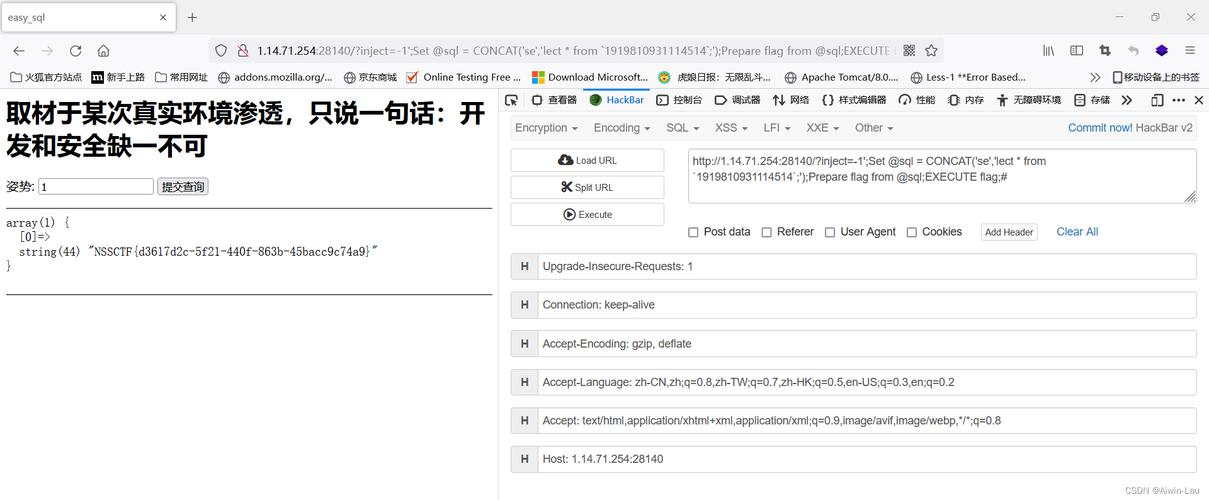
A 类依赖于 B 类,B 类又依赖于 A 类,导致循环依赖。
解决方案:
检查并重构代码,避免循环依赖,可以通过引入一个中间层来打破循环依赖,或者使用@Lazy 注解延迟加载依赖。
- // 示例:使用 @Lazy 注解解决循环依赖
- import org.springframework.context.annotation.Lazy;
- import org.springframework.stereotype.Component;
- @Component
- public class A {
- private final B b;
- @Autowired
- public A(@Lazy B b) {
- this.b = b;
- }
- }
1.4 配置文件错误
原因:
DI 配置文件中存在语法错误或配置错误。
解决方案:
仔细检查配置文件,确保其内容正确无误,XML 配置文件中的标签拼写错误或属性值设置错误。
- <!示例:Spring XML 配置文件 >
- <beans xmlns="http://www.springframework.org/schema/beans"
- xmlns:xsi="http://www.w3.org/2001/XMLSchemainstance"
- xsi:schemaLocation="http://www.springframework.org/schema/beans
- http://www.springframework.org/schema/beans/springbeans.xsd">
- <bean id="myService" class="com.example.MyService"/>
- </beans>
2. 相关问答 FAQs
Q1: 如何确定依赖是否已经正确注册到 DI 容器中?
A1: 你可以通过查看容器中是否存在该依赖的 Bean 来确认,在 Spring 中,可以在启动应用后使用ApplicationContext 获取某个 Bean,看是否会抛出异常,可以启用调试日志,查看容器启动时的日志信息。
- import org.springframework.beans.factory.NoSuchBeanDefinitionException;
- import org.springframework.context.ApplicationContext;
- import org.springframework.context.support.ClassPathXmlApplicationContext;
- public class Main {
- public static void main(String[] args) {
- ApplicationContext context = new ClassPathXmlApplicationContext("applicationContext.xml");
- try {
- MyService myService = context.getBean(MyService.class);
- System.out.println("Bean exists!");
- } catch (NoSuchBeanDefinitionException e) {
- System.err.println("Bean not found!");
- }
- }
- }
Q2: 如何解决多个相同类型 Bean 的注入问题?
A2: 当有多个相同类型的 Bean 时,可以使用@Qualifier 注解指定具体的 Bean 名称,以确保正确注入,还可以使用@Primary 注解指定默认的 Bean。
- // 示例:使用 @Qualifier 注解解决多个相同类型 Bean 的注入问题
- import org.springframework.beans.factory.annotation.Autowired;
- import org.springframework.beans.factory.annotation.Qualifier;
- import org.springframework.stereotype.Component;
- @Component
- public class MyComponent {
- private final MyService myService;
- @Autowired
- public MyComponent(@Qualifier("specificMyService") MyService myService) {
- this.myService = myService;
- }
- }
通过以上分析和解决方案,相信可以帮助你更好地理解和解决@inject 报错的问题,如果还有其他具体问题,欢迎继续探讨。

